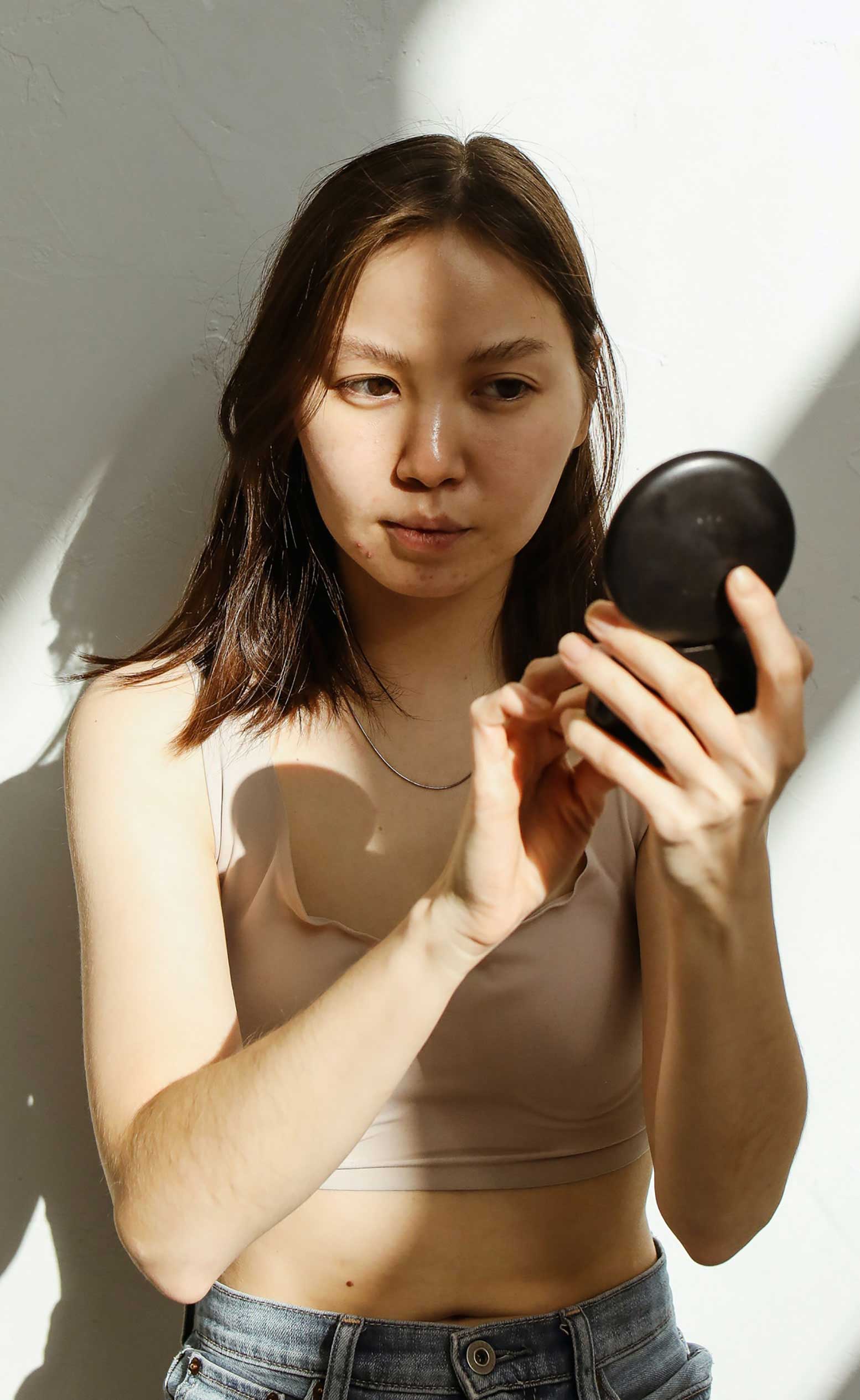M Makeup and Cosmetics
Choosing the Right Foundation and Concealer: Your Ultimate Guide
By
Beauty Doctor MD September 29, 2023

Foundation and concealer are the canvas upon which the rest of your makeup artistry is built. Whether you want a natural, barely-there look or full, flawless coverage, choosing the right foundation and concealer is paramount. With an array of products on the market, each catering to different skin types and preferences, it can be overwhelming to make the right selection. In this comprehensive guide, we’ll delve into the world of foundations and concealers, helping you decipher the nuances, find your perfect match, and achieve the radiant complexion you desire.
Understanding Foundation
Foundation is designed to even out your skin tone, conceal imperfections, and create a smooth base for the rest of your makeup. Here’s what you need to know when choosing the right foundation:
- Foundation Types
- Liquid Foundation:
- Coverage: Offers a range from sheer to full coverage.
- Finish: Can be matte, satin, dewy, or natural.
- Skin Types: Suitable for most skin types.
- Cream Foundation:
- Coverage: Provides medium to full coverage.
- Finish: Typically satin or matte.
- Skin Types: Works well for normal to dry skin.
- Powder Foundation:
- Coverage: Light to medium coverage.
- Finish: Matte.
- Skin Types: Ideal for oily or combination skin.
- Stick Foundation:
- Coverage: Medium to full coverage.
- Finish: Typically natural or satin.
- Skin Types: Suitable for normal to dry skin.
- Mineral Foundation:
- Coverage: Light to medium coverage.
- Finish: Natural.
- Skin Types: Great for sensitive or acne-prone skin.
- Choosing the Right Shade
- Undertone: Determine your undertone – warm, cool, or neutral. Warm undertones have a yellow or golden hue, cool undertones have a pink or blue hue, while neutral undertones fall in between.
- Shade Matching: Test foundation shades on your jawline, not your wrist, for a more accurate match. The correct shade should disappear into your skin.
- Daylight Test: Check your foundation match in natural daylight to ensure it’s the right shade.
- Coverage Level
- Sheer: Offers a subtle tint for a natural look.
- Light: Evens out skin tone while allowing some imperfections to show.
- Medium: Conceals blemishes and evens out skin tone effectively.
- Full: Provides complete coverage, ideal for covering scars or blemishes.
- Finish
- Matte: Reduces shine and is excellent for oily skin.
- Satin: Offers a natural, radiant finish.
- Dewy: Imparts a luminous, glowing appearance.
- Skin Type Considerations
- Dry Skin: Look for hydrating and moisturizing formulas.
- Oily Skin: Opt for oil-free or mattifying foundations.
- Combination Skin:: Choose a foundation that caters to both oily and dry areas.
Understanding Concealer

Concealer is designed to hide specific imperfections such as dark circles, blemishes, and redness. Here’s what you need to know about choosing the right concealer:
- Concealer Types
- Liquid Concealer:
- Coverage: Offers buildable coverage, from light to full.
- Finish: Can be matte or radiant.
- Skin Types: Ideal for under-eye areas and blemishes.
- Cream Concealer:
- Coverage: Provides full coverage.
- Finish: Typically matte.
- Skin Types: Effective for blemishes and redness.
- Stick Concealer:
- Coverage: Medium to full coverage.
- Finish: Natural or matte.
- Skin Types: Suitable for blemishes and under-eye circles.
- Color Correcting Concealer:
- Usage: Used to counteract specific color issues (e.g., peach for dark circles, green for redness)
- Shade Matching:
- Under-Eye Concealer: Choose a shade slightly lighter than your skin tone to brighten the under-eye area.
- Blemish Concealer: Use a concealer that matches your skin tone precisely to cover blemishes.
- Texture and Formula
- Dry Skin: Opt for creamy, hydrating concealers.
- Oily Skin: Choose oil-free, matte concealers.
- Sensitive Skin: Look for hypoallergenic and fragrance-free options.
- Application Techniques
- Fingers: Use your ring finger for a gentle application on the delicate under-eye area.
- Makeup Sponge: Blend concealer seamlessly using a damp makeup sponge.
- Concealer Brush: Ideal for precise application on blemishes and redness.
Application Tips
- Prepping Your Skin
- Cleanse: Begin with a clean, moisturized face.
- Primer: Apply a makeup primer to create a smooth canvas.
- Foundation Application
- Sheer Coverage: Use your fingers or a makeup sponge for a natural finish.
- Medium to Full Coverage: A foundation brush provides more coverage and an airbrushed finish.
- Concealer Application
- Under-Eye Concealer: Apply concealer in an inverted triangle shape under your eyes and blend gently.
- Blemish Concealer: Dab concealer onto blemishes and blend the edges.
- Setting Your Makeup
- Translucent Powder: Set your makeup with a light dusting of translucent powder.
- Setting Spray: Finish with a makeup setting spray for a long-lasting look.
Conclusion
Choosing the right foundation and concealer can transform your makeup game and enhance your natural beauty. Understanding your skin type, undertone, and the level of coverage you need is key to finding your perfect match. Don’t be afraid to experiment and try different products until you find the ones that work best for you. With the right foundation and concealer, you can create a flawless canvas for all your makeup looks and confidently face any occasion.

